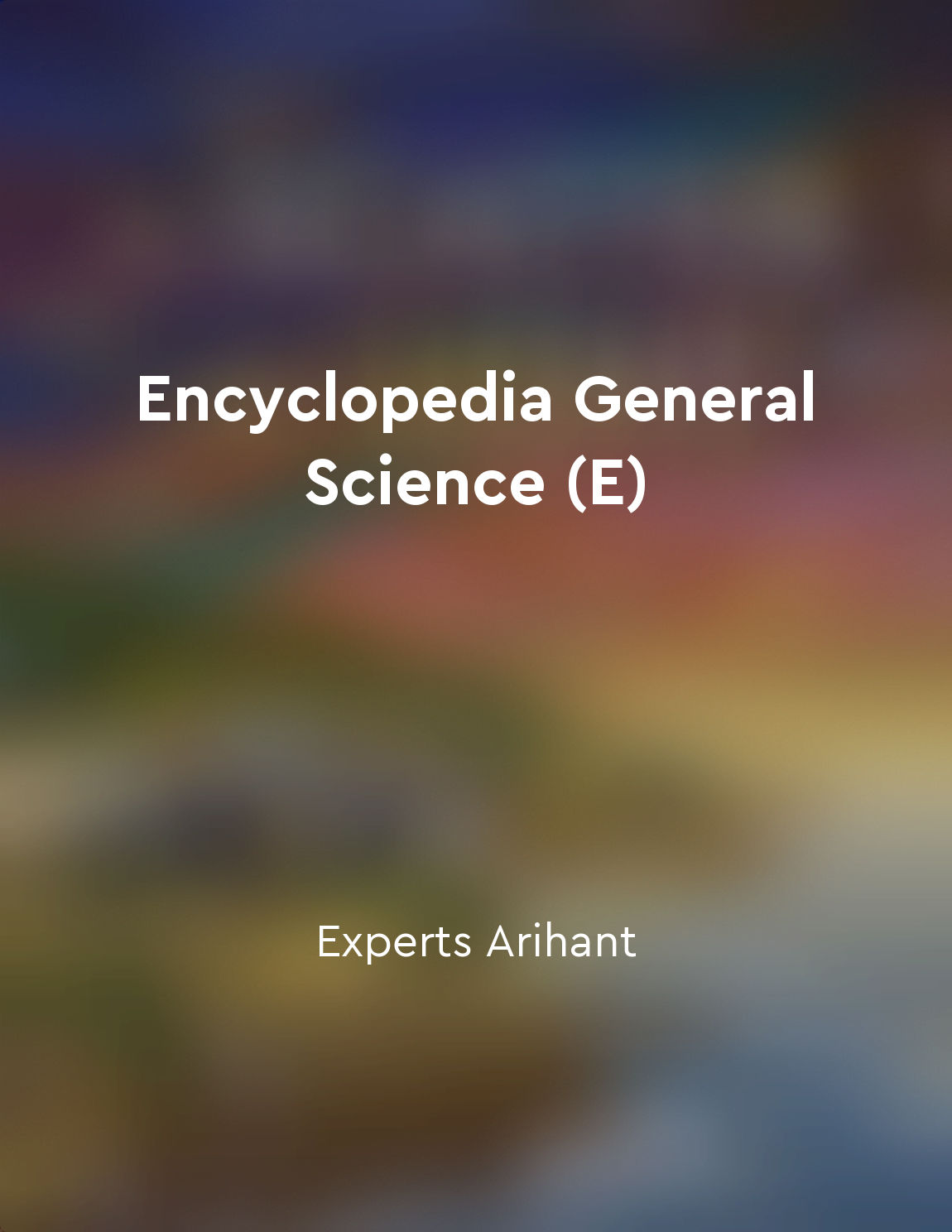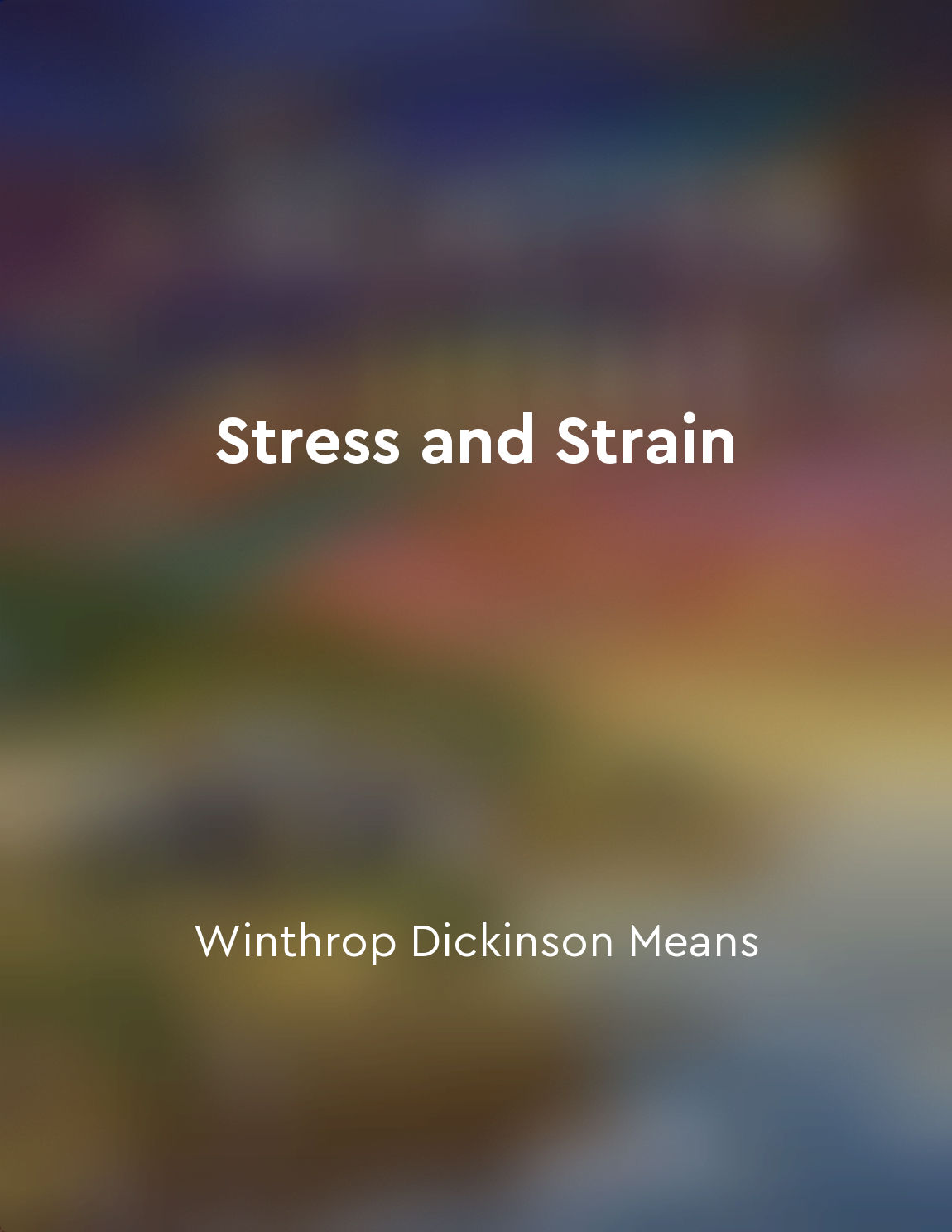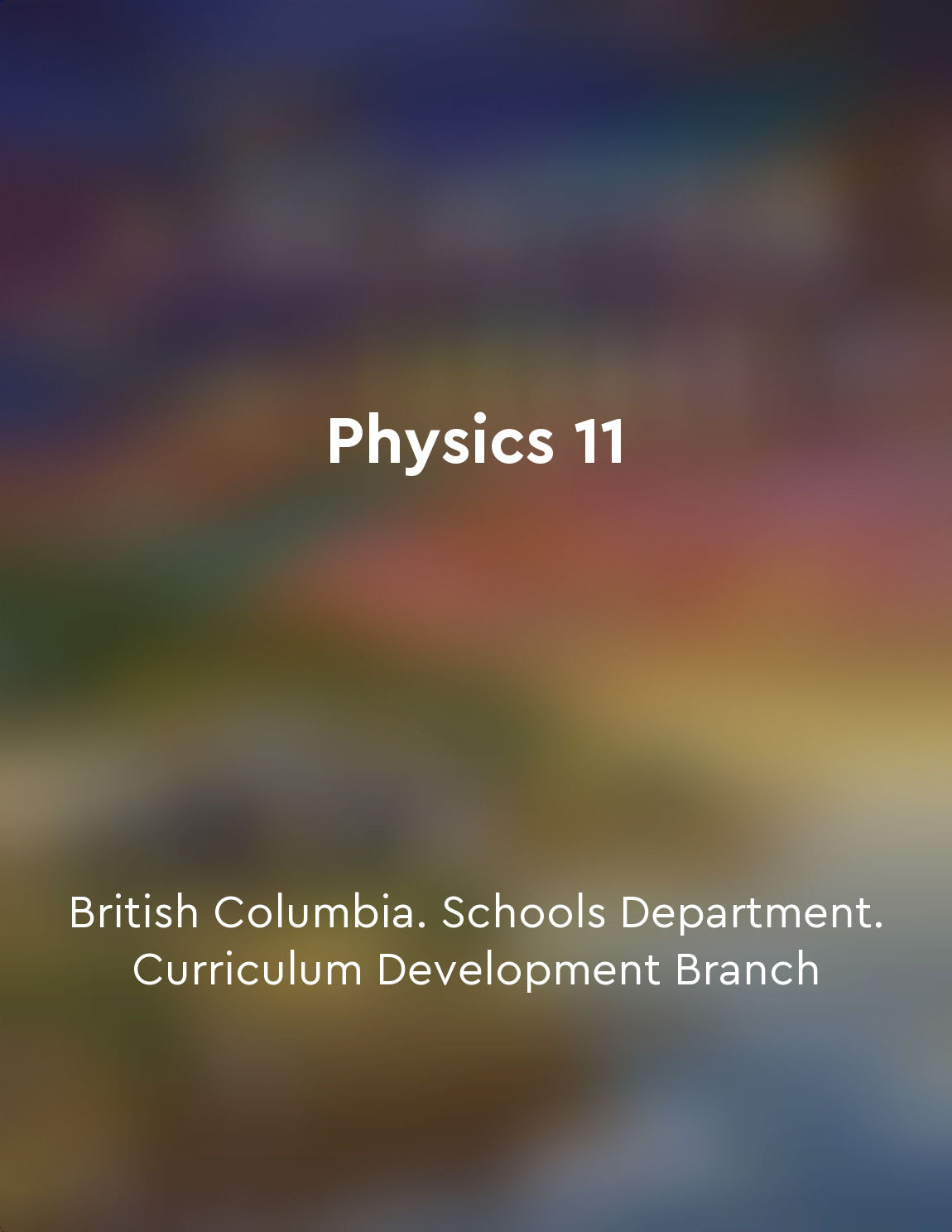Mechanical waves transfer energy through a medium from "summary" of Physics 11 by British Columbia. Schools Department. Curriculum Development Branch
When a mechanical wave travels through a medium, it causes the particles of the medium to vibrate back and forth. This vibration transfers energy from one particle to the next, allowing the wave to propagate through the medium. The medium itself does not move along with the wave; instead, it simply serves as a conduit for the transfer of energy. In order for a mechanical wave to transfer energy through a medium, there must be a disturbance that initiates the wave. This disturbance could be a push or a pull on the medium, or it could be the result of some other type of energy transfer. Once the disturbance occurs, the wave begins to propagate through the medium, carrying the energy with it. As the wave travels through the medium, the particles of the medium oscillate around their equilibrium positions. This oscillation is what allows the wave to transfer energy from one point to another. The particles themselves do not travel very far from their original positions; instead, they simply pass the energy along to their neighbors. The speed at which a mechanical wave propagates through a medium depends on the properties of the medium itself. For example, the density and elasticity of the medium will affect how quickly the wave can transfer energy through it. In general, waves travel faster through denser and more elastic mediums. In summary, mechanical waves transfer energy through a medium by causing the particles of the medium to vibrate back and forth. This vibration allows the energy to propagate through the medium without the medium itself moving along with the wave. The speed at which the wave travels depends on the properties of the medium, such as density and elasticity.Similar Posts
The composition of atoms in a substance affects its physical and chemical properties
Every substance around us, whether it's a solid, liquid, or gas, is made up of tiny building blocks called atoms. These atoms c...

Microbiology examines microscopic organisms
Microbiology is a branch of science that deals with the study of microscopic organisms. These organisms are so tiny that they c...

Stress and strain analysis can aid in material selection for specific applications
Stress and strain analysis plays a crucial role in the process of selecting the right material for a specific application. By a...

Radiation is a mode of energy transfer of electromagnetic waves without a medium
Radiation is a mode of energy transfer that does not require a medium through which to travel. Unlike conduction and convection...

Paleontology studies ancient life forms through fossils
Paleontology is a field of science that delves into the study of ancient life forms through fossils. Fossils are the preserved ...
Electromagnetism is a fundamental force that governs the behavior of charged particles
In the realm of physics, electromagnetism plays a crucial role in determining how charged particles interact with one another. ...

Magnetic fields are created by moving charges
The fundamental concept underlying the creation of magnetic fields is the motion of electric charges. Whenever an electric char...
